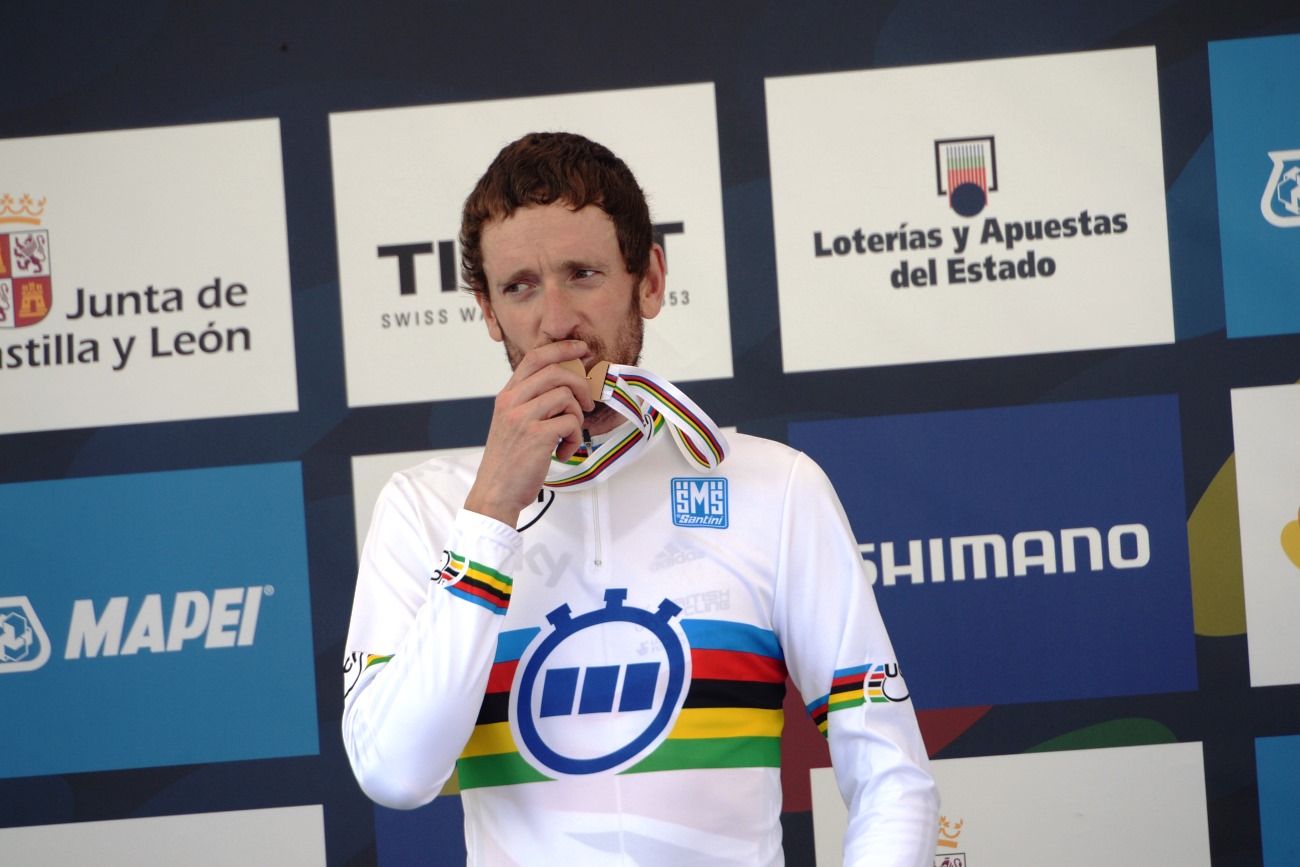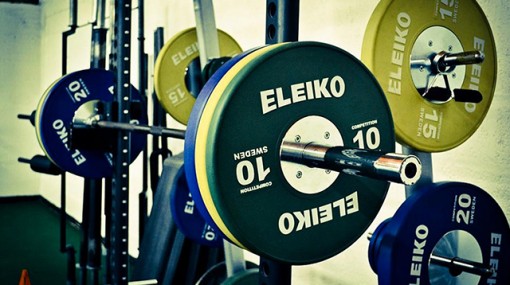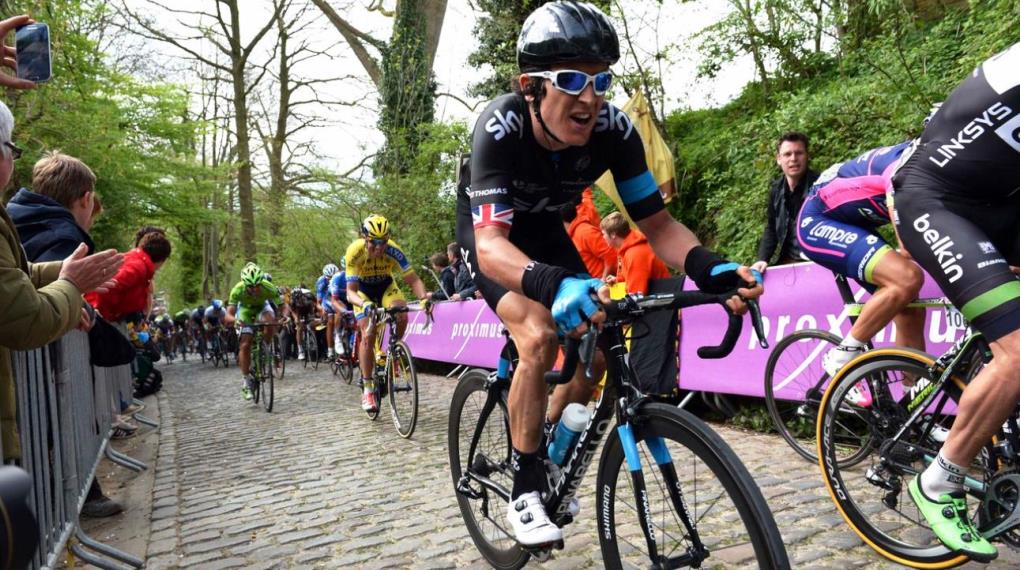4. When do I use which zone?
-
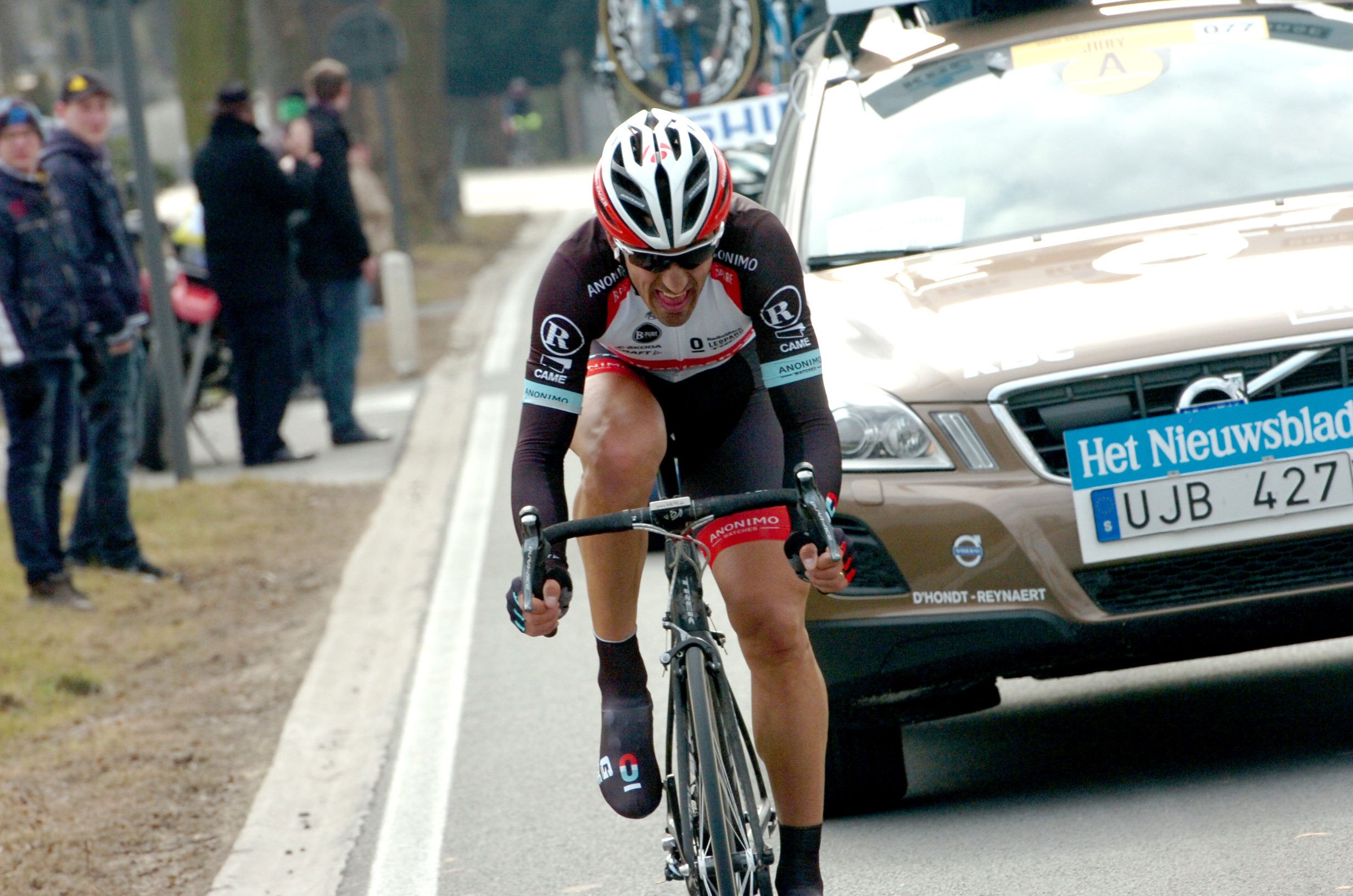
Coach Tom Kirk recommends dropping a gear and lowering your cadence to prepare for the effort of short, steep climbs if you live in a flat area (Pic: Sirotti)
-
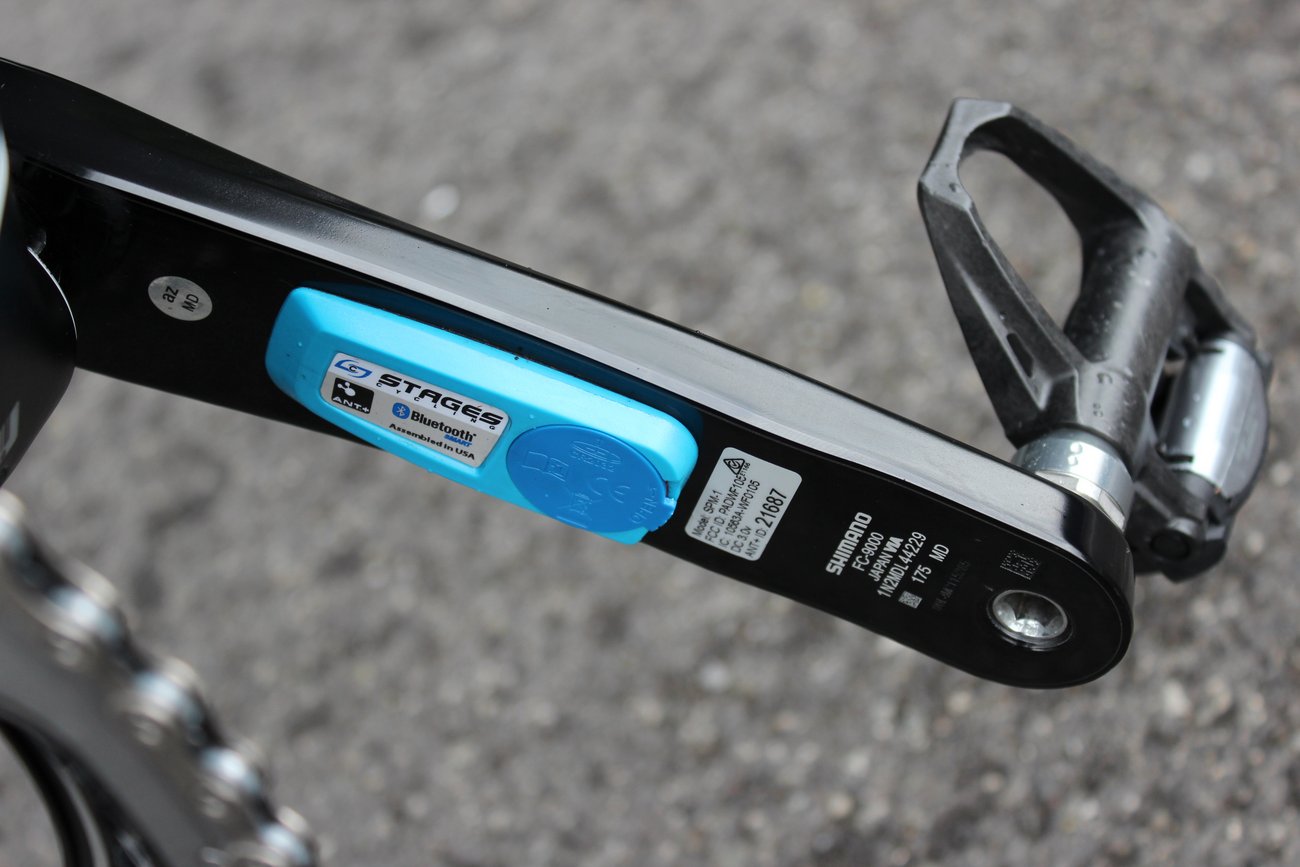
The Stages power meter is used by Team Sky and is pictured here on Geraint Thomas' bike
-
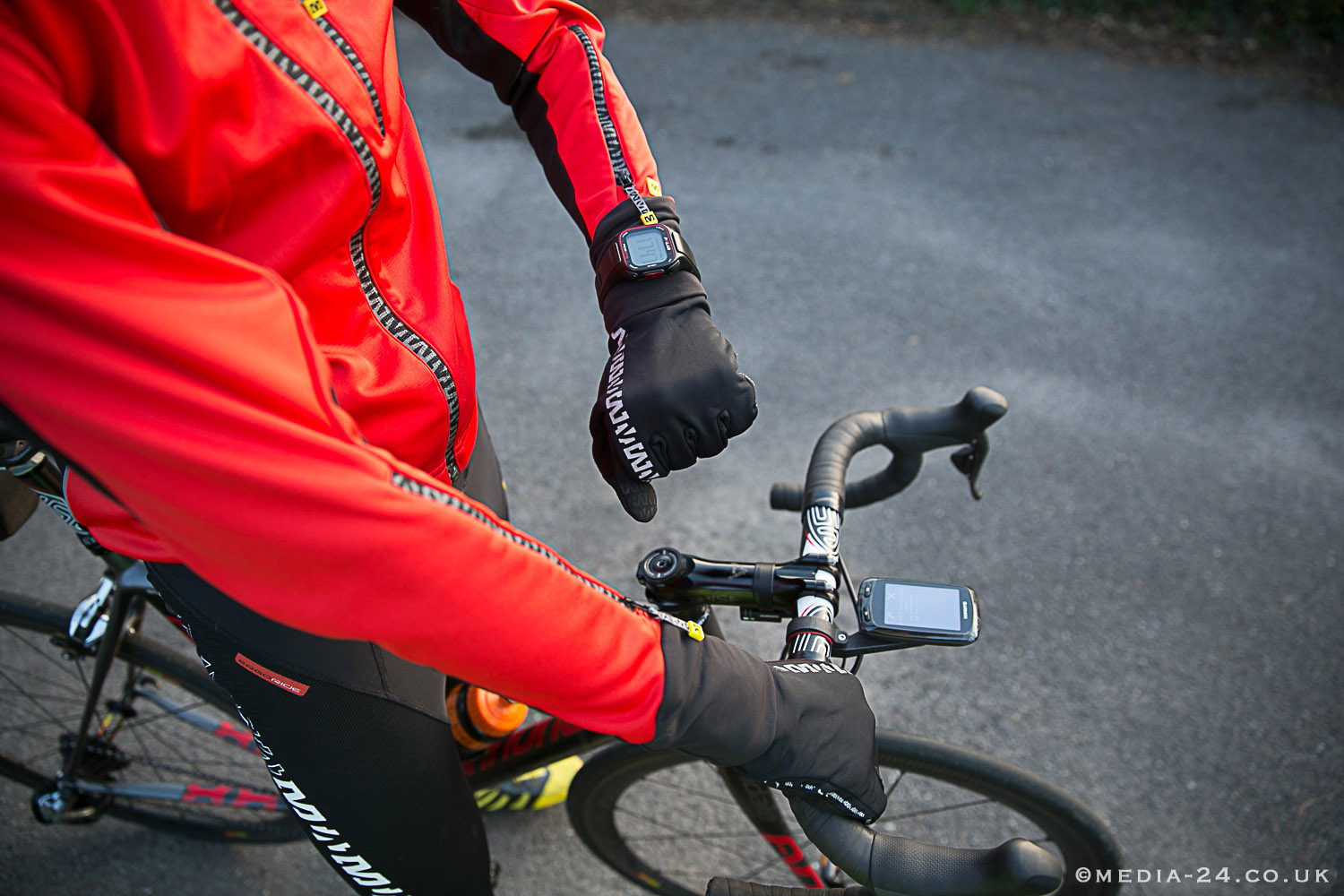
If you want to calculate your training zones then prepare to ride hard (Pic: Media24)
-
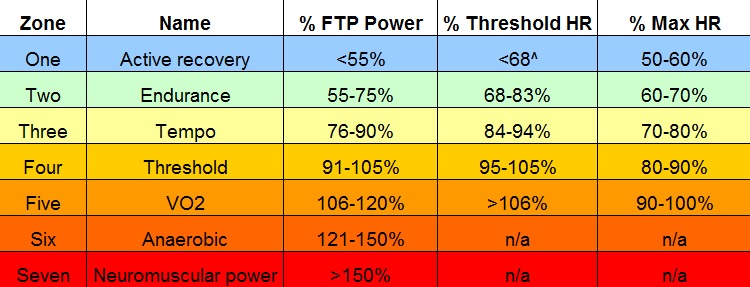
Use your training zones to work on specific areas of your fitness in the build-up to the Etape du Tour (Pic: Factory Media)
-
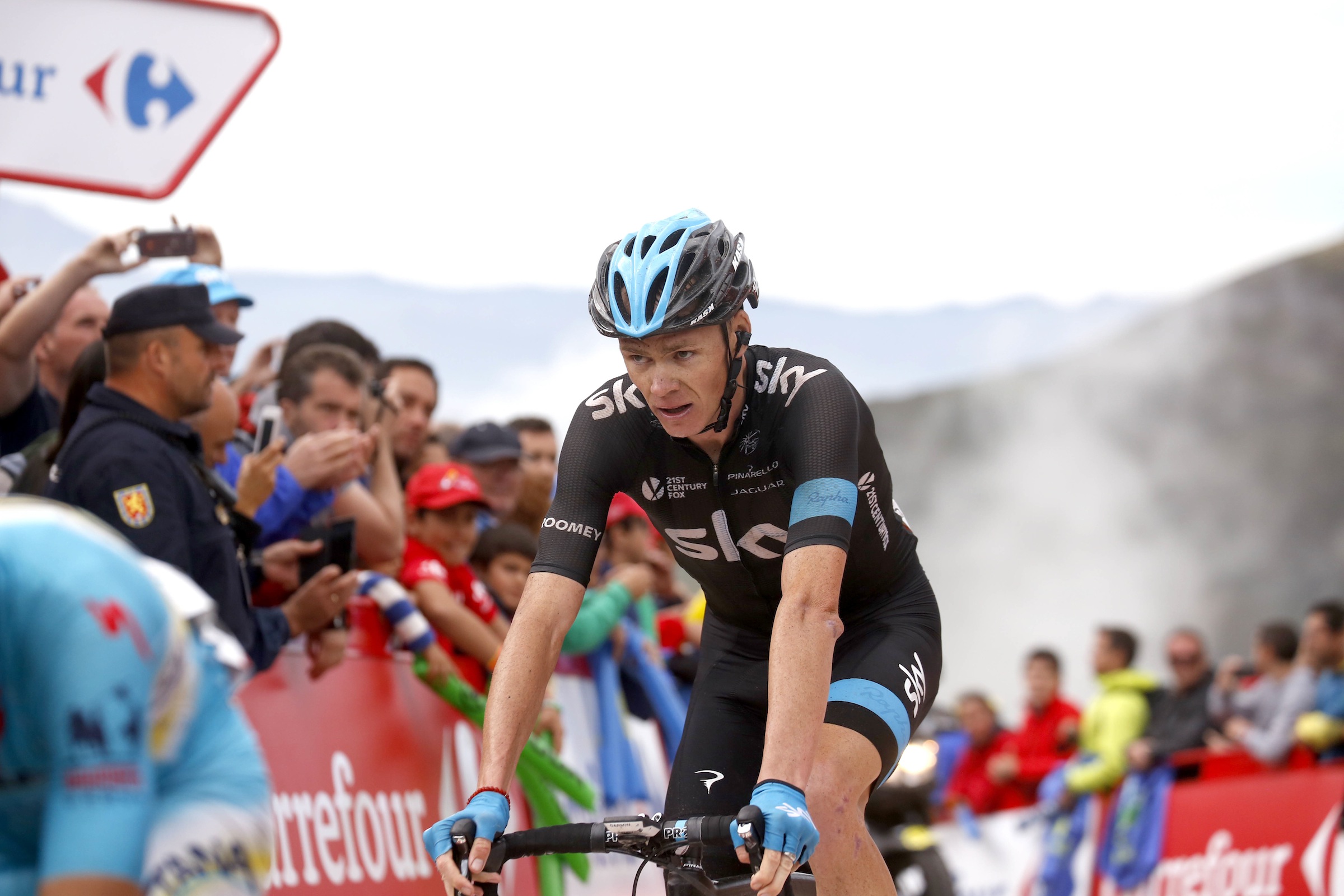
You can use your training zones to recognise when it's time to step off the gas (Pic: Sirotti)
-

Hill reps are an effective way to improve your climbing prowess
4. When do I use which zone?
As mentioned earlier, each zone has a specific purpose and your body will have a specific physiological reaction to training in a particular zone.
Zone one – active recovery
(<55% FTP power / <68% threshold HR / 50-60% max HR (MHR)
Training at this intensity means you can stay active without becoming fatigued. After training hard your body will often go in to shut down mode to try and recover as quickly as possible. This, however, leaves you feeling sluggish. Training in zone one will allow you to keep your legs turning over without adding to your levels of fatigue.
When to ride in zone one
Perfect for when you need to recover form a hard session but don’t want to feel sluggish the next day.
Zone two – endurance
(55-75% FTP power / 68-83% threshold HR / 60-70% MHR)
I recently covered base training and all the riding described in that article would take place in zone two. Riding in zone two teaches your body to burn fat as a fuel source and encourages your body to produce more mitochondria. The very top of zone two is your aerobic threshold. Therefore in zone two your blood lactate shouldn’t be elevated.
When to ride in zone two
To work on your base fitness. Sessions in zone two can typically last up to six or seven hours for pro cyclists but you don’t need to ride for that long to feel the benefit.
Zone three – tempo
(76-90% FTP / 84-94% threshold HR / 70-80% MHR)
This zone works on your ability to hold a consistent high pace. When in zone three you will be riding in when riding hard but comfortably. Most people really enjoy zone three training as they feel they are riding quickly without riding too hard. Training in zone three has a lot of the advantages of zone two, however it’s a lot more tiring. Therefore, the number of sessions that can be completed in a row, or the length of each individual session, needs to be limited. The biggest reason for riding in zone three is that it stimulates your body to increase the amount of glycogen it can store (in zone three glycogen usage is starting to overtake fat usage as the primary fuel source).
When to ride in zone three
Often periods of zone three are included in a predominately zone two ride. This way a rider can earn the benefits of zone three training without the accompanied fatigue. One to three hours is the rough period of time you should be able to sustain in zone three.
Zone four – threshold
(91-105% FTP / 95-105% threshold HR / 80-90% MHR)
Zone four works on your anaerobic threshold. Therefore, the zone starts just below a rider’s anaerobic threshold and stretches to just above. This allows a rider to push up their anaerobic threshold using longer intervals and pull up their threshold by training using shorter intervals. Training in zone four produces a great deal of lactic acid and therefore zone four actually gives the greatest stimulus to increase the number of mitochondria in the muscles.
When to ride in zone four
Training in zone four is very fatiguing and therefore can only be done for limited periods. More often than not zone four training is done in intervals with a period of recovery between efforts. You should be able to maintain zone four for between ten minutes and one hour.
Zone five – VO2
(106-120% FTP / >106% threshold HR / 90-100% MHR)
This is the intensity you can hold for three to eight minutes. Training in zone five is very fatiguing and these are typically leg-burning efforts. In shorter efforts your heart rate may not have time to respond to the effort and your maximum heart rate may actually be after you’ve reached the top of a climb. This is the limit to which heart rate zones are usable as after this efforts will either be too short for heart rate to respond to, or you will simply reach your maximum heart rate. Training in this zone works on your cardiac output – how much and how quickly your heart can pump blood to where it is needed in the muscles.
When to ride in zone five
This is typically the zone you will be riding at when going as hard as you can up a small climb. A good example of this is the effort needed to climb the Koppenberg in the Tour of Flanders sportive.
Zone six – anaerobic
Power only (121-150% FTP)
This is the zone you can hold for up to three minutes – for example, a max effort going as hard as possible. As mentioned, heart rate isn’t a very good measure for this type of effort as it won’t have time to respond to the effort or you will be riding at your maximum heart rate.
When to ride in zone six
Attacking a group of fellow cyclists is a good example of this type of effort.
Zone seven – neuromuscular power
Power only (150%+ FTP)
Training in this zone works on your sprint power! This zone also causes the most muscle size increase (hypertrophy), therefore if you want bigger, more powerful legs then zone seven is for you.
That’s given you an overview of how you can use each zone to inform your training, but you can also use your zones to keep you from overtraining.


